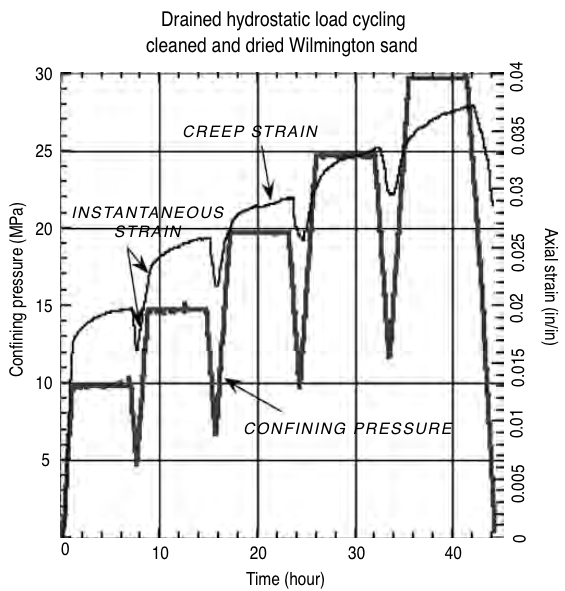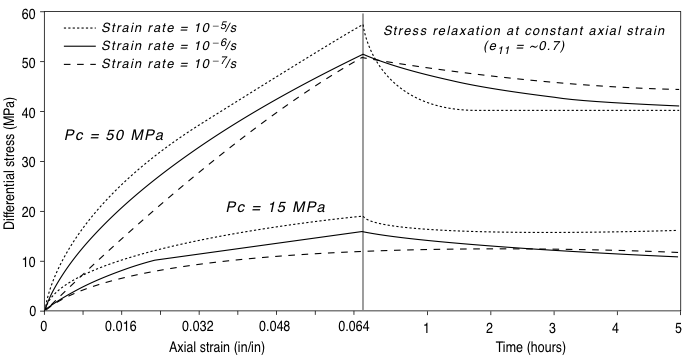Poroelasticity¶
Poroelasticity Assumptions¶
- There is an interconnected pore system uniformly saturated with fluid.
- The total volume of the pore system is small compared to the volume of the rock.
- The pore pressure, the total stress acting on the rock externally, and the stresses acting on the grains are statistically defined.
Effective stress¶
Terzaghi definition
$$ \boldsymbol{\sigma} = \mathbf{S} - P_p \mathbf{I} $$"Exact" effective stress
$$ \boldsymbol{\sigma} = \mathbf{S} - \alpha P_p \mathbf{I} $$$\alpha$ is called Biot's coefficient
Biot's coefficeint¶
${}$
$$ \alpha = 1 - \dfrac{K_T}{K_S} $$For sand
$$ K_{S} >> K_T \quad \quad \alpha \approx 1 $$For rocks
$$ \alpha \approx \frac{2}{3} $$Biot's coefficient (cont.)¶
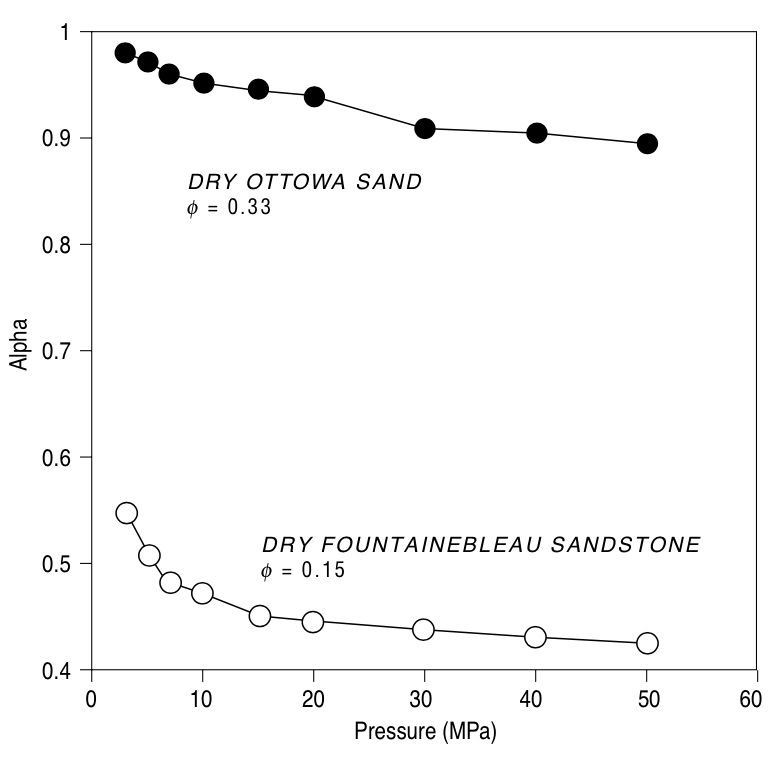
© Cambridge University Press Zoback, Reservoir Geomechanics (Fig. 3.5c, pp. 69)
Poroelasticity = viscoelasticty¶
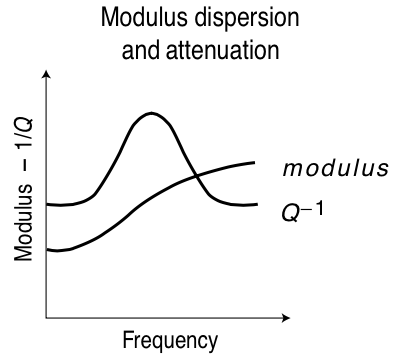 |
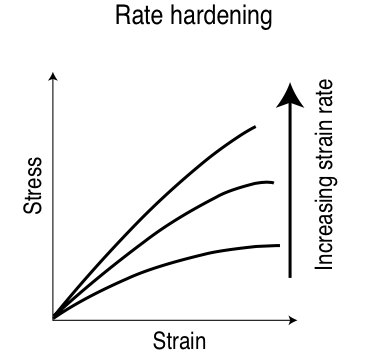 |
© Cambridge University Press Zoback, Reservoir Geomechanics (Fig. 3.10c,d, pp. 75)
Frequency dependence (load frame - ultrasonic)¶
Elastic moduli measured from sonic logs will be frequency dependent in poroelastic rocks.
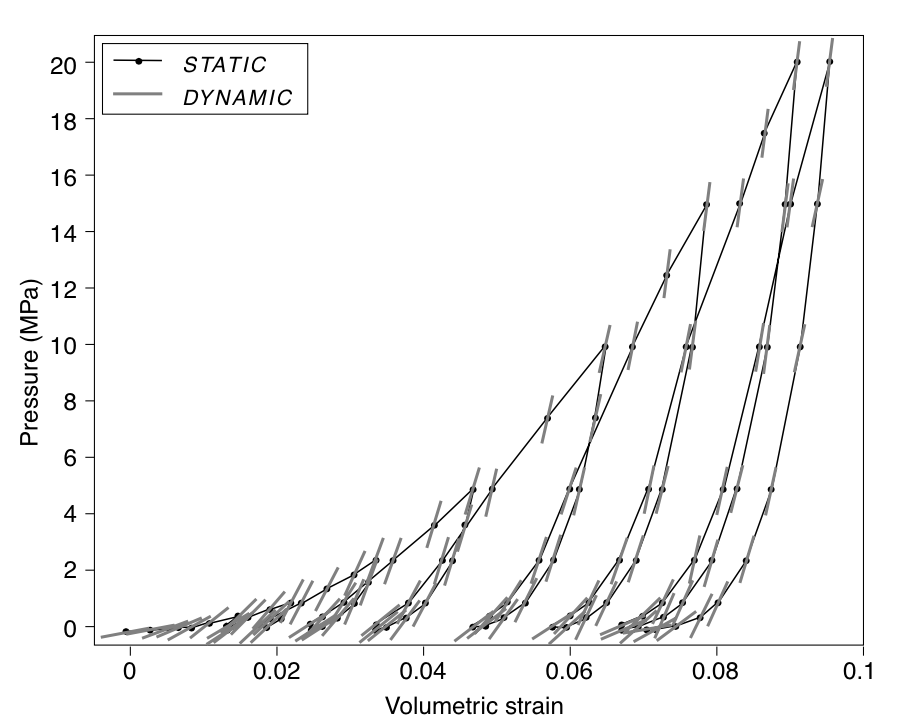
© Cambridge University Press Zoback, Reservoir Geomechanics (Fig. 3.7a, pp. 71)
Frequency dependence (sonic - ultrasonic)¶
Elastic moduli measured from sonic logs will be frequency dependent in poroelastic rocks.
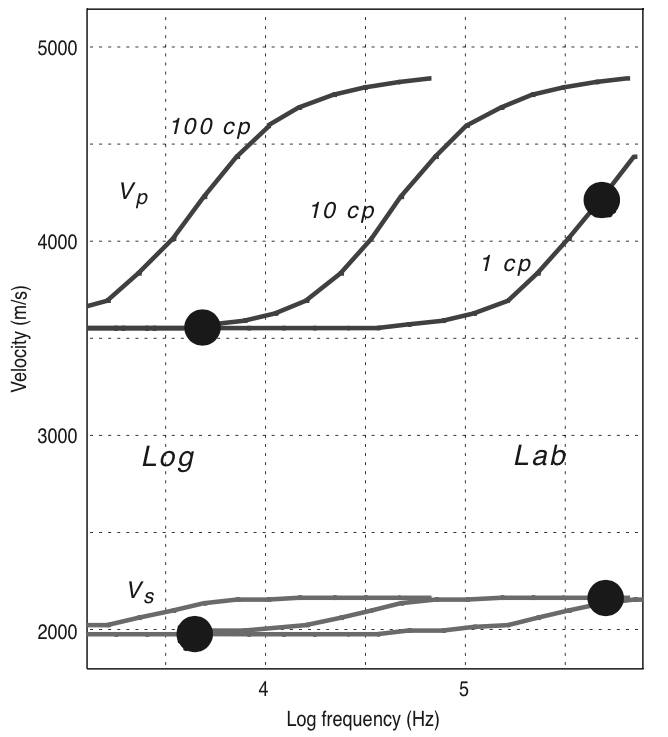
© Cambridge University Press Zoback, Reservoir Geomechanics (Fig. 3.6b, pp. 70)
SQRT Theory¶
Transistion from drained to undrained behavior
- Drained limit
- Slow loading on very permeable media
- Undrained limit
- Fast loading on impermeable media
Other viscous effects¶
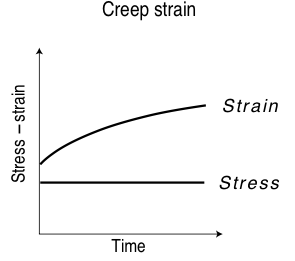 |
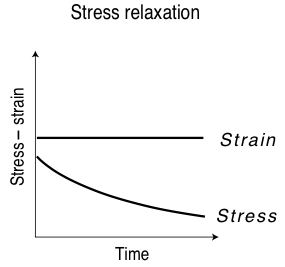 |
© Cambridge University Press Zoback, Reservoir Geomechanics (Fig. 3.10c,d, pp. 75)
Constitutive model for creep¶
Power law
$$ \varepsilon(t) = \varepsilon_0 + c t^n $$Thermoporoelasticity¶
${}$
$$ \boldsymbol{\sigma} = \mathbf{S} - \alpha P_p \mathbf{I} - K \alpha_T \Delta T \mathbf{I} $$$\alpha_T$ is coefficient of thermal expansion/(contraction)
